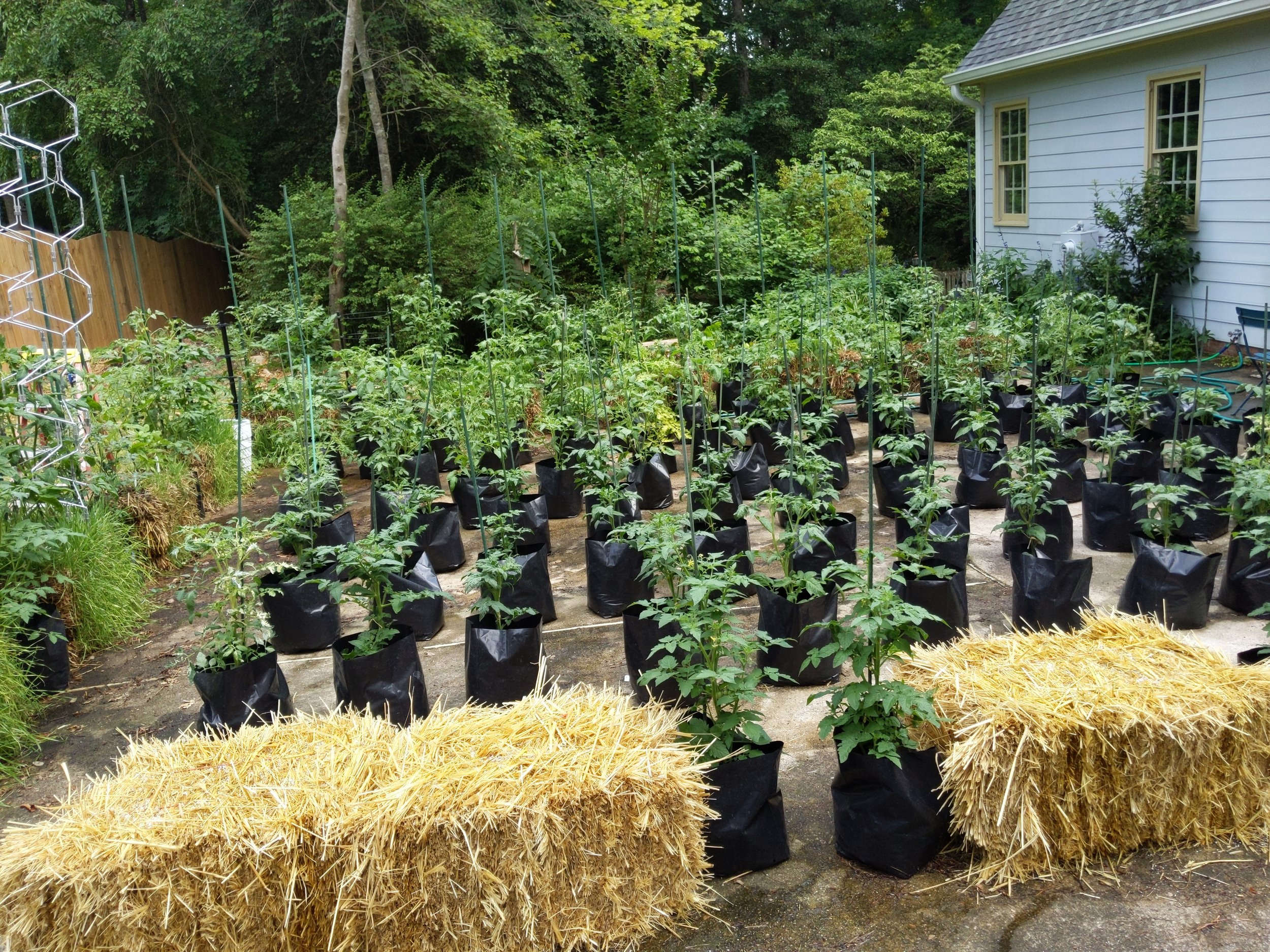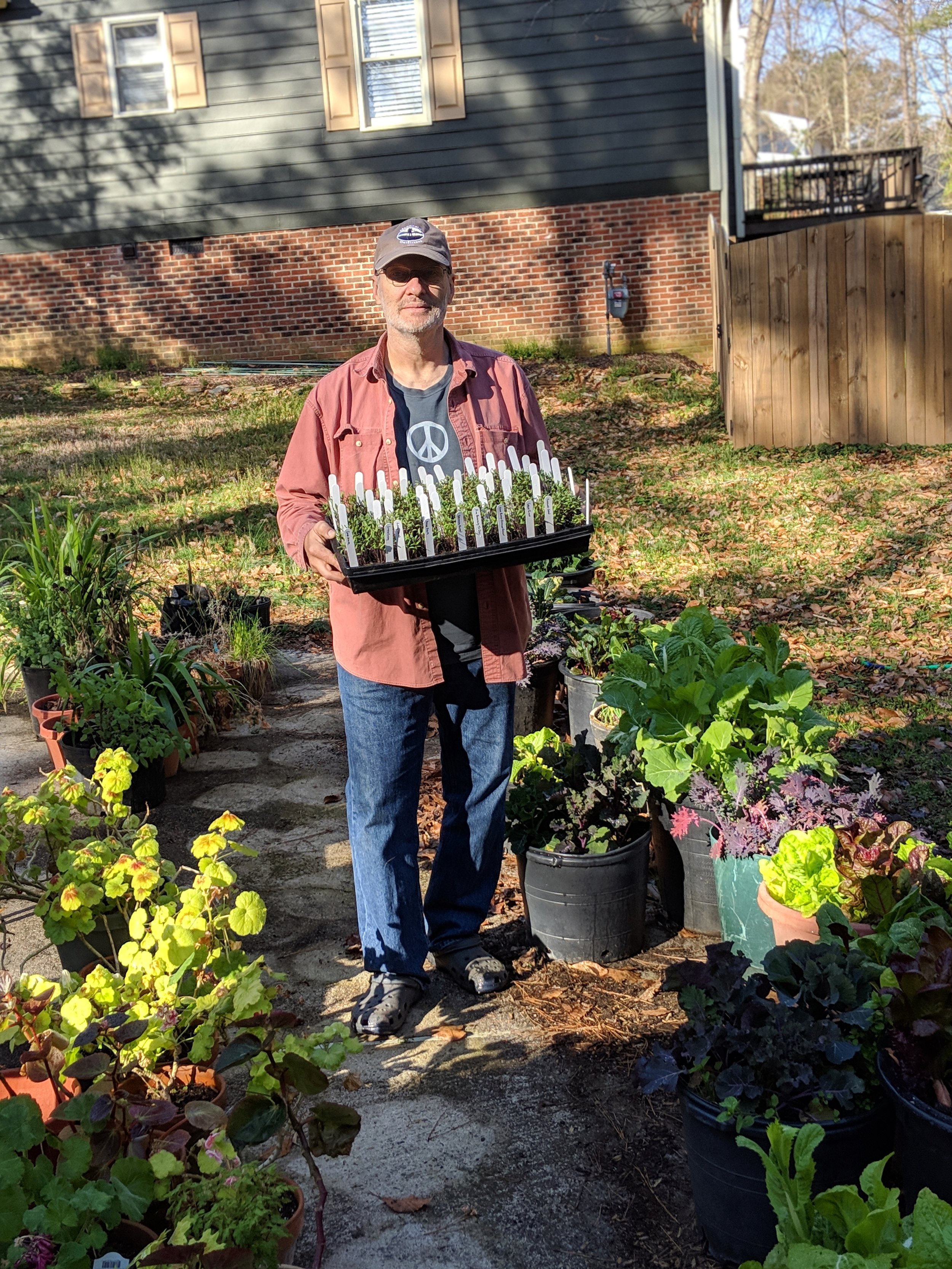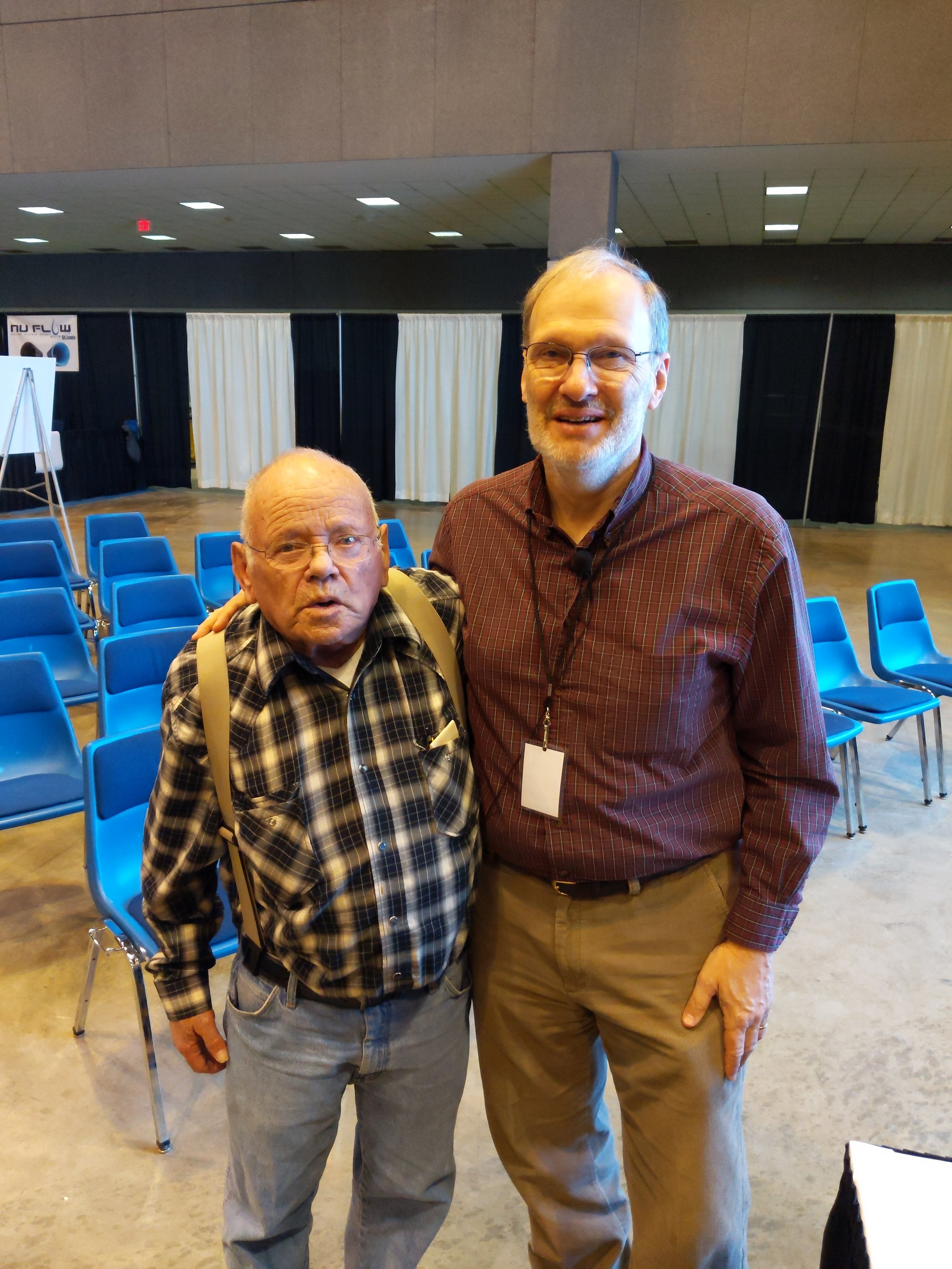The tomatoes are in full bloom! This unusual one is a tiny cherry tomato, from one fruit plucked from a plant growing in front of the Mackeys Ferry Peanut shop on Route 64 last year.
Enough with events and product reviews (though I love to do events, and am happy to try out new products). It’s gardening time! There is really so much going on out there that it is hard to stop gardening and start sharing results and observations.
First, some data - at last count (I add things all the time), there are 123 tomato plants, 10 eggplant plants, 35 pepper plants, a ground cherry, two types of summer squash, two types of bush green beans, 2 types of cucumbers and one type of pole beans up and happily growing. The garden was planted in two major efforts - indeterminate tomatoes in straw bales on April 26, and all of the rest on May 15.
As of mid June, the indeterminate tomatoes are approaching 4 feet tall and dwarf tomatoes are 2 feet tall on average. Pretty much everything out there is in blossom, and most tomatoes set fruit. The weather has been “unusual” - much of May hot and dry, much of June wet, relatively cool and when not raining, delightful.
Full driveway garden, taken standing in the bed of my truck
My days are starting to fall into a regular, delightful pattern. Daily chores are watering (unless it has rained), examination of all plants for blemished foliage (fungal infections, followed by removal of damaged leaves), tying to the stakes, and close observations. The weekly chore is feeding. I’ve also done the first dozen crosses (more about that in a future blog).
I am excited about so much of what I am growing this year. This is a garden with multiple research efforts, and a major culinary focus. It will be fun to describe each general project; there are 2 involving peppers, one project focusing on eggplants, and continuation of the dwarf breeding project, as well as carrying out new crosses to make new families, or just explore genetics. I am growing several family heirlooms sent to me for evaluation (what an honor to be able to do that!).
I will be therefore blogging much more frequently to get everyone caught up. By the way, I feature one plant each day, posted on Instagram, but also cross posted to Twitter and my Facebook author page; be sure to look for it (I am @nctomatoman on IG and Twitter, and my FB author page is under Craig LeHoullier).
There are a few other surprises ahead - in fact, my weekly meeting to discuss them with my main helper (my daughter Sara) is just about to begin!
Butterfly weed grown from seed collected from a neighbor’s plant











































